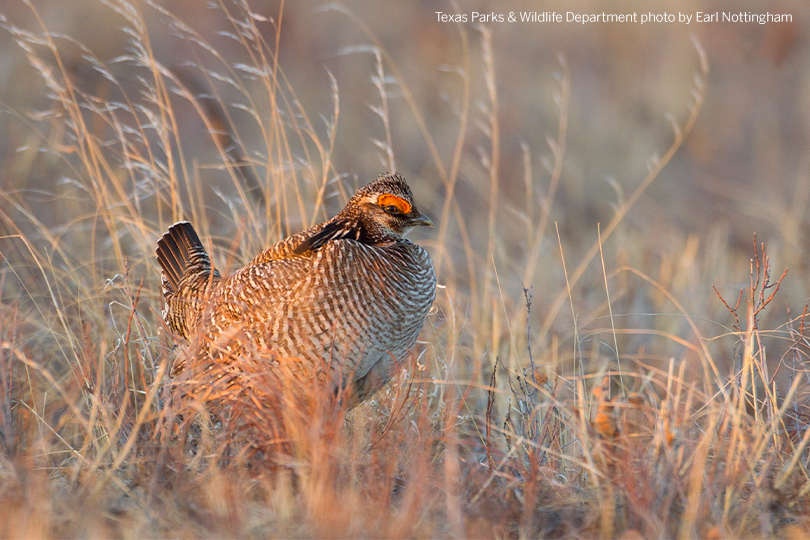The U.S. Fish and Wildlife Service (FWS) is extending the effective date of the final rule to list two distinct population segments of the lesser prairie-chicken under the Endangered Species Act.
FWS is extending the effective date by 60 days, from Jan. 24 to March 27.
The extension allows FWS to finalize tools and guidance documents for landowners, federal partners and industry within the lesser prairie-chicken’s five-state range.
A final ruling was published in late November, listing the southern population segment of the lesser prairie-chicken as endangered and the northern population segment of lesser prairie-chickens as threatened.
The southern population segment includes eastern New Mexico and the southwest Texas Panhandle.
The norther population segment includes southeastern Colorado, southcentral to southwestern Kansas, western Oklahoma and the northeast Texas Panhandle.
FWS also published a final 4(d) rule designed to conserve the northern population while allowing more flexibility for landowners and land managers.
During the extension period, FWS plans to continue working with interested groups to establish agency-approved grazing management plans.
The extension also provides more time for industry stakeholders to participate in or expand voluntary conservation efforts before the primary nesting season of the species.
Extending the effective date also allows for additional pre-listing enrollment in the suite of FWS-approved conservation tools and plans, including Candidate Conservation Agreements with Assurances and Habitat Conservation Plans aimed at protecting the species while providing certainty for industry and landowners are possible.
Texas Farm Bureau (TFB) is opposed to the listing, citing concerns with how it would impact animal agriculture.
“We are deeply disappointed by the endangered and threatened listings. Farmers and ranchers have enrolled hundreds of thousands of acres in conversation programs that have helped recovery efforts. Unfortunately, lesser prairie-chickens are highly susceptible to drought, and 2022 has been an extremely difficult year,” Jay Bragg, TFB associate director of commodity and regulatory activities, said. “There is also concern that the endangered listing may disincentivize voluntary conservation efforts due to liability risks and take provisions associated with the Endangered Species Act.”
TFB hosted an information webinar on the listing. Watch the Lesser Prairie-Chicken Webinar here.

